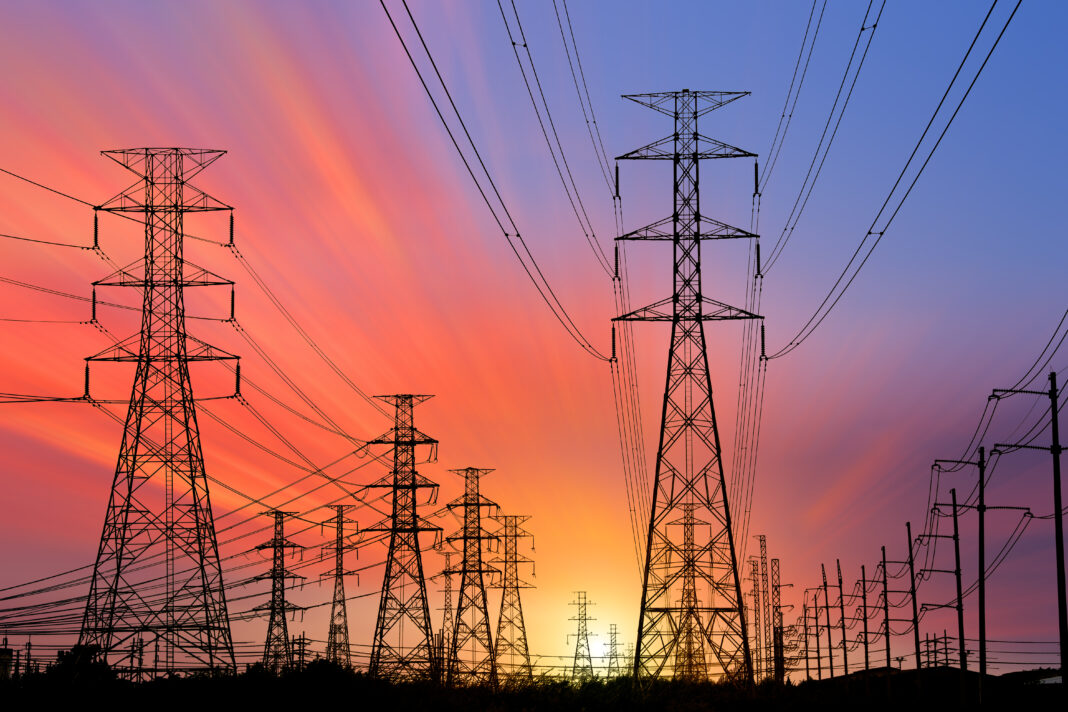Advancing Sustainability and Reliability in the U.S. Energy Infrastructure
The U.S. power grid provides energy to millions of homes and businesses, making it a central function in the nation’s economy. So many aspects of life depend on readily available and affordable electricity, but the grid is vulnerable to climate change and other risks, including physical threats and cyberattacks. Unscheduled outages cost the economy billions of dollars yearly, prompting the need to transition to sustainable and reliable power supply.
The Energy Grid Faces Climate and Security Risks
The U.S. built much of the grid in the 1960s and 1970s. 70% of transmission lines are older than 25 years and must be replaced soon to prevent catastrophic failure.
Due to the aging electrical grid, every extreme weather event and natural disaster can cause significant damage and prolonged outages. Between 2000 and 2021, 83% of reported major blackouts were caused by weather-related incidents, with Texas, California, Pennsylvania and Michigan among the worst hit.
Climate-related threats like floods, coastal encroachments and wildfires make the grid even more vulnerable to these events. For example, intense heat waves can cause transmission lines to swell and sag, impacting grid integrity.
Security risks are another paramount concern. There are 55,000 substations across the country, many of which only use simple yard fencing for protection. All it takes is a malicious actor or a disgruntled employee to sabotage power systems and cause widespread damage.
Accelerating the Deployment of Tenable Solutions
Three distinct areas are crucial to improving the reliability and sustainability of the U.S. energy grid.
Greenhouse Gas Mitigation
The energy sector is a notorious contributor to greenhouse gas (GHG) emissions. Fossil fuel power plants generate and supply about 60% of the country’s electricity. Reducing reliance on these sources will not happen overnight, but every effort counts. For instance, installing carbon capture systems can significantly reduce the flow of heat-trapping GHG into the atmosphere. Research indicates carbon capture and sequestration projects can store up to 45 million tons of CO2 yearly, making it a practical solution for decarbonizing the industry.
By minimizing the amount of carbon emissions, the sector can mitigate the effects of climate change, in turn decreasing the frequency and severity of extreme weather events. This reduction means there’s less strain on the grid, which improves output reliability.
Renewable Energy Integration
Renewable energy sources like solar, wind and geothermal are crucial to achieving a 100% clean electricity sector. These systems will be integral to meeting the growing demand for power over the coming years since there are no limits to the amount of sunlight, air currents and underground heat the planet can provide.
Advancements in storage technologies can bolster the reliability factor of renewables by storing power for use whenever necessary, such as during outages. The Department of Energy is heavily invested in improving energy storage innovations through several funded programs. For example, the Long Duration Storage Shot project can reduce grid-wide storage costs by up to 90% within the next 10 years.
Infrastructure Modernization
The backbone of a sustainable and reliable energy grid lies in its infrastructure, which is why prioritizing infrastructure modernization is essential. This encompasses many actions, including replacing outdated or aging transformers, circuit breakers, and transmission lines. Employing innovative grid technologies like advanced metering infrastructure and smart meters can optimize grid operations and enhance the efficiency of power distribution.
Investing in grid-hardening and physical security measures is also important to protect critical infrastructure from inclement weather and other hazards. Funding for these upgrades is already available, with the DOE already earmarking $20 million to replace aging infrastructure in 2023.
Towards a Sustainable and Reliable Energy Grid
The stakes are incredibly high regarding the reliability and sustainability of electricity supply. Outages have become increasingly expensive — financially and healthwise — and can undermine the country’s security.
Ensuring a resilient grid that can handle current and future demand has never been more paramount. By implementing these strategies, grid operators and policymakers can provide stable power distribution for the coming years.
